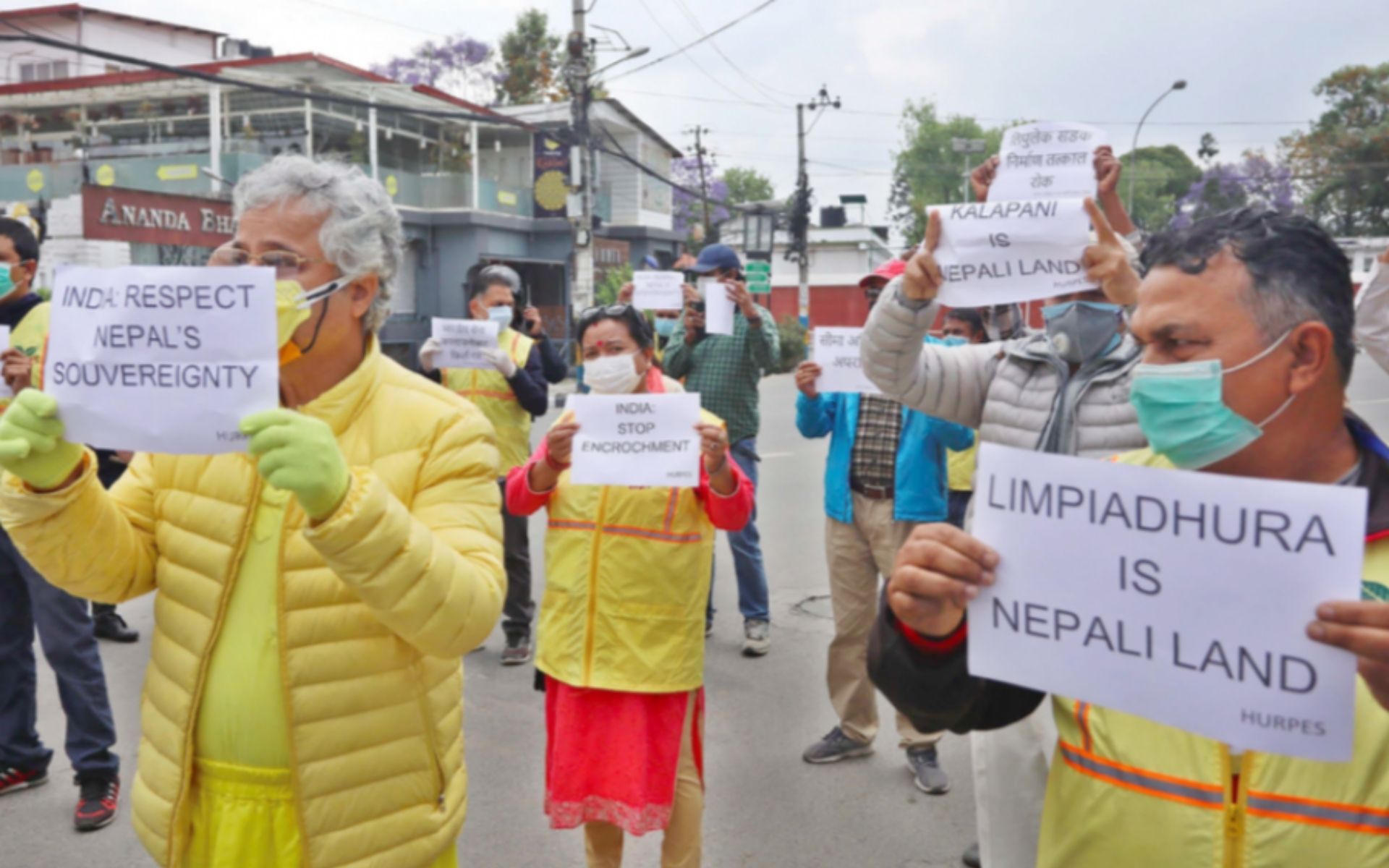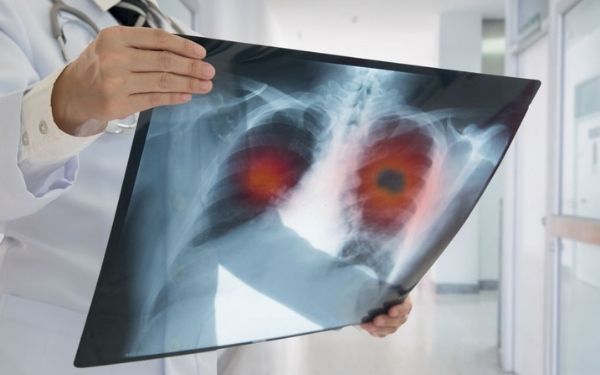The tropics are regions on earth that are located approximately in the middle of the world. The tropics between the latitudes, is the tropic of cancer and the tropic of Capricorn. The equator and parts of North America, South America, Africa, Asia, and Australia involve the tropics. The tropics make up 36 percent of the earth’s landmass and are home to about a third of the world’s population.
The amount of rain can vary greatly from region to region. The amount of rain that a region receives in the tropics has a direct impact on the species of plants and animals that live there.
Tropic of cancer definition
The Tropic of Cancer, which is often referred to as the Northern Tropic, is the most northerly circle of latitude on Earth at which the Sun can be directly overhead. This happens on the June solstice, as the Northern Hemisphere is turned toward the Sun to its full degree.
What is the tropic of cancer?
The equator is the imaginary reference line that divides the earth into two halves. Because the earth tilts around its axis, the reference line that marks the northernmost point of the equator, where the sun is directly above it at noon, is called the tropic of cancer.
Because the earth revolves around the sun, it does so during the summer solstice around June 21st. During this time, the sun’s exposure is highest and the areas in or near Cancer Tropic remain very hot because they receive maximum solar energy. As a result, areas above the Arctic latitude have 24 hours of natural light.
During the same period, the opposite happens in the southern hemisphere. The areas under the Arctic Circle are dark for 24 hours.
The area between the equator and tropic of Cancer in the north and tropic of Capricorn in the south is often called the “tropics“.
What countries, continents, and waterways are in the tropic of Cancer?
There are 16 countries, 3 continents, and 6 waterways that cross the tropic of cancer.
Continents: North America, Africa, and Asia
Countries: Mexico, Bahamas (archipelago), Niger, Algeria, Mauritania, Egypt, Libya, Mali, Western Sahara, Myanmar, Oman, Bangladesh, India, Saudi Arabia, China, United Arab Emirates, USA, and Taiwan.
Water bodies: Indian Ocean, Atlantic Ocean, Pacific Ocean, Straits of Taiwan, Red Sea, Mexican Gulf.
What is the tropic of Capricorn?
Capricorn, also known as Southern Tropic, is 23 degrees 5 ‘south of the equator. It is the southernmost latitude where the sun can be seen or displayed directly above them. North of this latitude are the tropics and below the tropics of Capricorn are the southern temperate zones. The sun appears just above this latitude during the winter solstice when the sun has entered the zodiac Capricorn. December 21 is the winter solstice day in the northern hemisphere and summer solstice in the southern hemisphere.
Which countries, continents, and water bodies are in Capricorn?
There are ten countries, 3 continents, and 3 watercourses that cross Capricorn.
Continents: South America, Africa, Australia
Countries: Argentina, Brazil, Chile, Paraguay, Namibia, Botswana, Mozambique, Madagascar and Australia, South Africa
Water bodies: Indian Ocean, Atlantic Ocean, and the Pacific Ocean.
Why is the tropic of cancer and tropic of Capricorn important?
The word tropic comes from the Greek word tropos and means to turn regarding the fact that the sun seems to return to the solstice. The tropic of cancer and Capricorn are the two most prominent latitudes, apart from the equator.
Capricorn and the tropic of cancer are delimited because they are both places in the hemisphere where the sun can be directly above them. For ancient travelers who used the sky as a guide, these were important; dividing lines.
They adapt the orientation of the earth axis of rotation to the elliptical plane around the sun.
These are the latitudes where the sun’s rays hit the earth perpendicularly during the summer and winter solstice. At the beginning of winter in the northern hemisphere, the sun’s rays in Capricorn struck only the earth’s surface at right angles (that is, the sun is directly above them). During the summer in the northern hemisphere, the sun will be directly above you when you are standing in the tropic of cancer.
How the tropics got their names
The Tropic of Cancer got its name because the sun at the constellation Cancer in June was the solar eclipse. In the same way, Capricorn Tropic got its name because the sun was in the constellation Capricorn during the solstice in December. It was; called about 2000 years ago, and the sun is no longer in these constellations at this time of year. On the pillar of the sun in June is the sun in Taurus and in December the sun is in the sun in Sagittarius.
Where is the Tropic of Cancer?
The Tropic of Cancer is an imaginary line at an angle of 23.50 degrees north of the equator that runs through central India. If you draw this imaginary line around the earth (yes, the flat countries, the earth is spherical), it goes through 17 countries, including India. The tropic of cancer across eight states in India: Gujarat (Jasdan), Rajasthan (Kalinjarh), Madhya Pradesh (Shajapur), Chhattisgarh (Sunhat), Jharkhand (Lohardaga), West Bengal (Krishnanagar), Tripura (Udaipur), and Mizoram (Champhai).
The Mahi River is the only river in India that cuts through the tropics of power twice, first in Madhya Pradesh, from where it empties into Rajasthan and empties into Gujarat, where it cuts through the other.
Read More : The India-Nepal border dispute clashing over the Himalayan territory?
What is the importance of the tropic of cancer in India?
The tropic of Cancer divides India into two parts. The northern half is located in the temperate zone and experiences cold winters. The southern half is located: in the tropical/warm zone and experiences very mild winters.
Now that the earth is tilted, when the sun is directed directly at the tropics for cancer, we have low pressure and high temperatures in summer, while Australia in the southern hemisphere has high-pressure. Therefore, the wind continues to be high pressure over those blowing at low pressure, they deviate from the equator towards India, and these winds accumulate water in this way and cause heavy rain at maximum India. These winds are monsoons.
Tropic of cancer map
Tropic of cancer latitude 23 ° 30 ′ north of the equator; It is the northern border of the tropics. This parallel marks the northernmost point where the sun can be seen directly overhead at noon. North of latitude, the sun is shown within 90 ° from the southern horizon every day of the year. The sun reaches its vertical position over the cancer circle on June, 22 the summer solstice in the northern hemisphere. The place has been shifting and will change a few minutes over the years. When the cancer belt was named, the sun in the constellation was cancer at the summer solstice.
And we all know that monsoons are very important to India. That is why the tropics are crucial for India.
Significance of the tropic of cancer
The Tropic of Cancer is not only used to divide the earth into different parts for navigation and to mark the northern boundary of the tropics, but it is also important; for the sun’s exposure to the earth and seasonal formation.
The quantity of solar radiation that enters the earth is solar radiation. It varies over the earth’s surface, depending on the amount of direct sunlight that reaches; the equator and the tropics and travels north or south from there. Solar radiation is stronger at the sub-solar point (the point on Earth that lies just below the sun and where the rays strike at a 90-degree angle to the surface), the year between the tropic of cancer and Capricorn due to the earth’s axial slope. If the sub-solar point is at the Tropic of Cancer, it occurs during the solar eclipse in June, when the northern hemisphere receives most of the solar radiation.
Because solar radiation is the greatest in the tropic of cancer during the June solstice, areas north of the tropics in the northern hemisphere also receive most of their solar energy, which keeps them warm and creates summer. That applies even if areas in latitudes higher than the Arctic Circle receive 24 hours of daylight and no darkness. However, the Arctic Circle gets 24 hours of darkness, and lower latitudes have their winter seasons due to low solar radiation, less solar energy, and lower temperatures.
If you think why the tropic of cancer is so hot
During the summer solstice, that is on June, 21. The sun falls perpendicular to the tropic of cancer. The right angle means that it is not a good time to go out. Because it is hot, so the earth is the hottest. And on December, 21 the same thing happens in the southern hemisphere, in the belly of Capricorn. It’s winter solstice for you.















I indeed like this advise, i did not appreciate a destiny of the things that you posted in here. i have much more latest information with regard to these topics and topics coordinated to it. some people may find it implacable to understand the English language but i upon it moderately gentle for the retreat that has discover to be what is today policy.